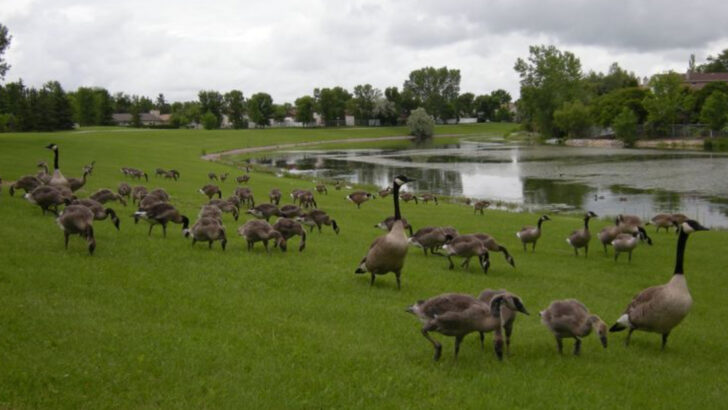More doesn’t always mean better.
Some animals have exploded in numbers over the last century—and not always for reasons that make ecologists smile.
They’ve taken over suburbs, invaded coastlines, clogged rivers, and rattled ecosystems that once lived in delicate balance. These creatures aren’t just surviving… they’re multiplying like it’s a competition.
And the winners?
Often the pushiest, boldest, and least picky players in the animal kingdom.
Some hitchhiked with global trade.
Others thrived on our trash.
A few just got incredibly lucky.
Their rise tells a story of shifting climates, vanishing predators, and habitats reshaped by humans. Let’s take a closer look at the animals that have gone from rare sightings to everyday annoyances—and why their booming populations might spell trouble for the rest of the wild world.
White-tailed Deer
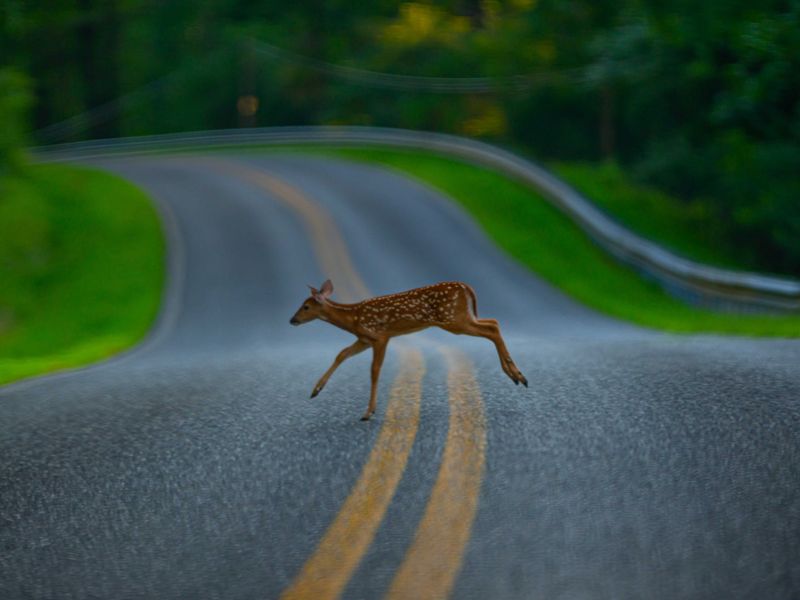
The white-tailed deer, with its iconic tail flashing like a flag, has become a regular visitor in suburban neighborhoods. Over the past century, these graceful animals have seen their populations explode due to decreased hunting and increased reforestation. While their presence can be enchanting, they often nibble away at gardens and carry ticks that spread Lyme disease.
Their adaptability to human environments has made them a common sight, but it also brings challenges. Managing their numbers to prevent overpopulation is crucial, as it can lead to ecological imbalances and increased vehicle collisions. Deer management programs are essential to maintain harmony.
European Starling
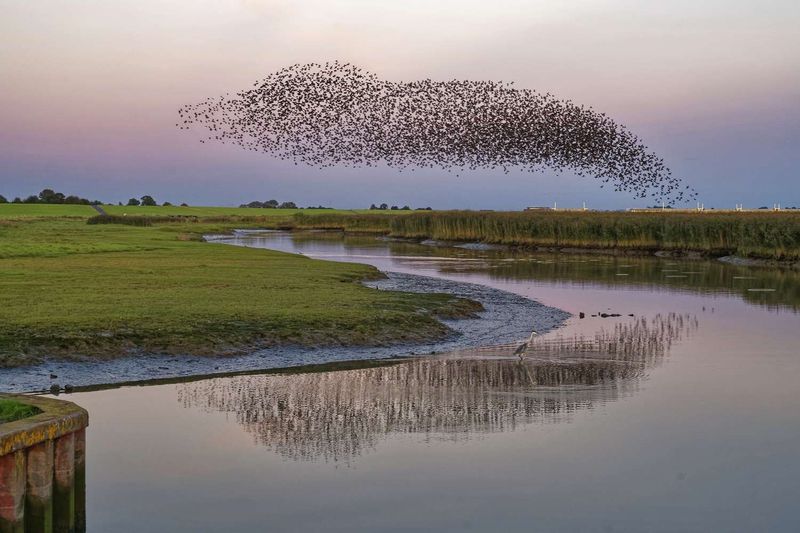
The European starling, introduced to North America in the late 1800s, has multiplied dramatically. Known for their stunning murmurations, these birds can be a beautiful spectacle. However, their aggressive nature often displaces native bird species, leading to a loss of biodiversity.
Their sheer numbers also mean they outcompete other birds for food and nesting sites. Controlling their population is a challenge, as they are adaptable and prolific breeders. Efforts to manage their impact focus on protecting native species and finding humane ways to keep their numbers in check.
Coyote
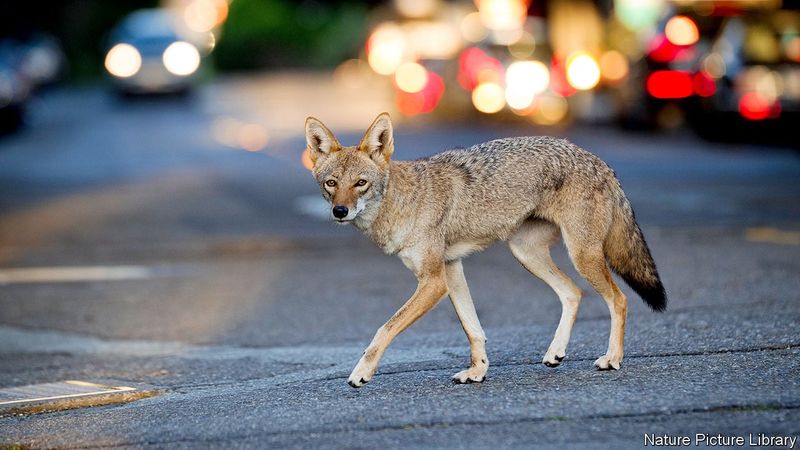
With a clever mind and adaptable nature, the coyote has expanded far beyond its original range. These cunning creatures are now found in urban areas, where they scavenge for food and occasionally prey on small pets. Their presence reminds us of the thin line between civilization and the wild.
Coyotes play a vital role in controlling rodent populations, but they can also cause conflicts with humans. Communities are learning to coexist with these wild neighbors by employing non-lethal control measures and educating the public on how to prevent negative encounters. Respect and understanding are key.
Wild Boar
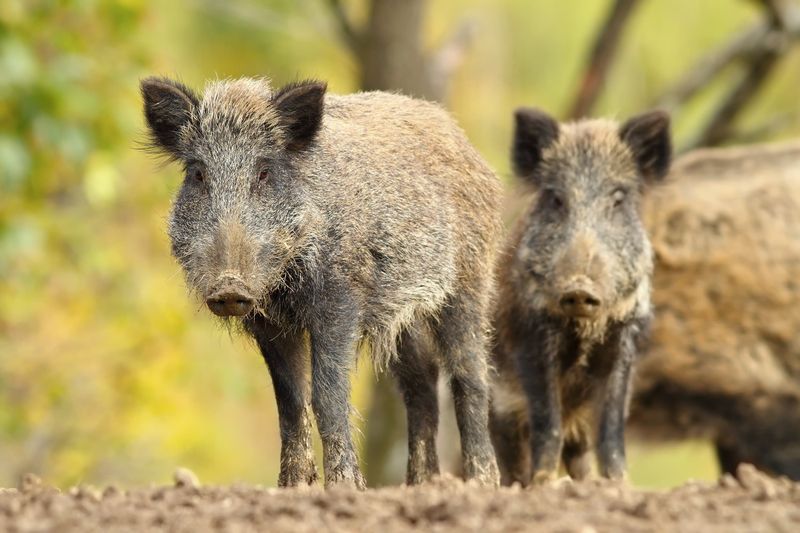
The hearty wild boar has made a remarkable comeback, thriving in various habitats across the globe. These robust animals are known for their destructive foraging habits, uprooting crops and damaging landscapes.
Their ability to adapt and reproduce quickly poses a significant challenge for landowners and wildlife managers. Managing their populations is essential to protect agricultural interests and natural ecosystems. Techniques such as controlled hunting and fencing are employed to mitigate their impact, but their intelligence and cunning make them formidable opponents.
House Sparrow
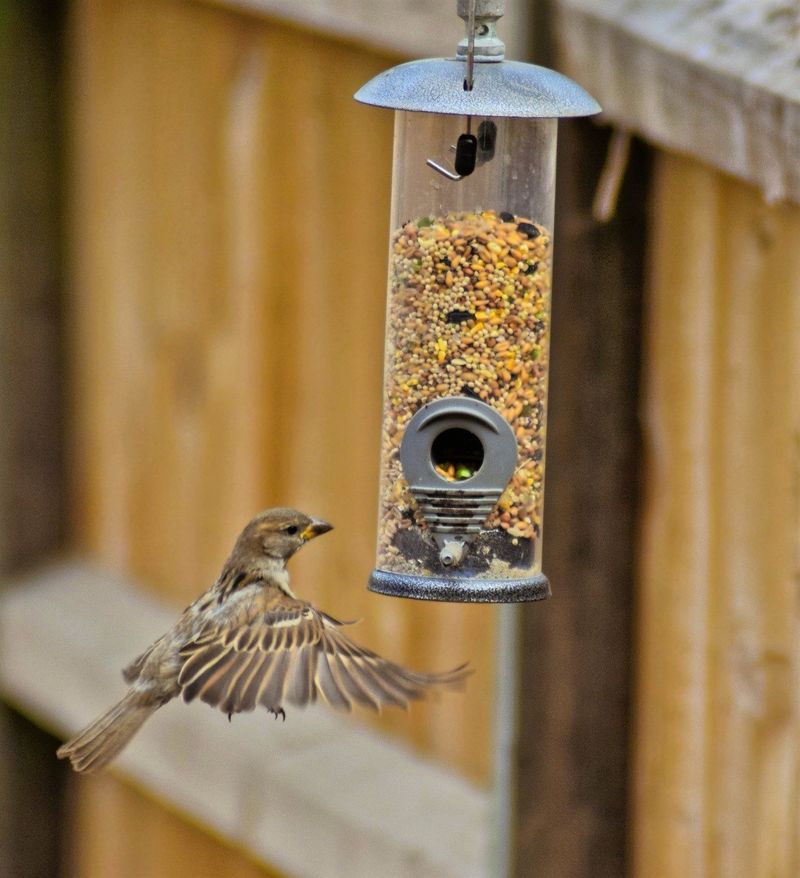
Once a rarity, the house sparrow is now a familiar face in many parts of the world. These small, sociable birds thrive in human environments, often seen flitting around gardens and city streets. However, their presence can sometimes overshadow native species.
House sparrows compete fiercely for food and nesting sites, which can lead to a decline in local bird diversity. Encouraging a variety of native plants and birdhouses in gardens can help balance their presence, ensuring that our feathered friends live in harmony.
Asian Carp
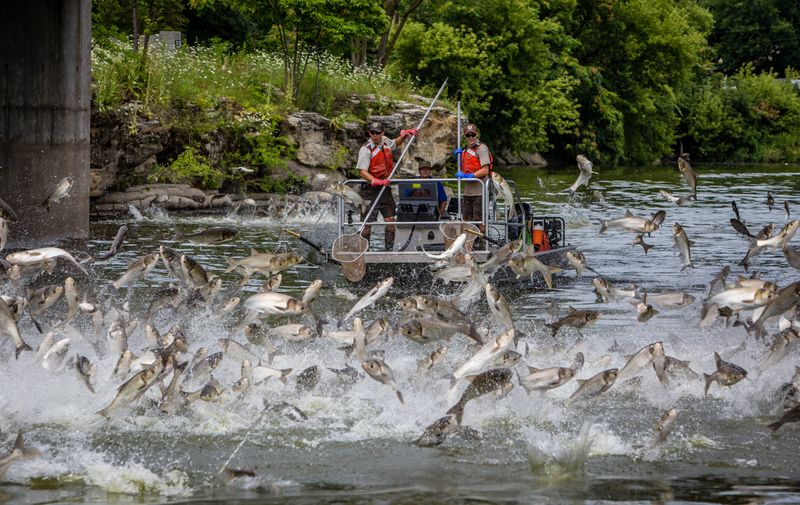
The Asian carp, a powerhouse of a fish, has invaded North American waterways with remarkable speed. These fish are known for their ability to leap out of the water, sometimes causing injury to unsuspecting boaters.
While they consume large amounts of plankton, disrupting the food chain and threatening native fish species, efforts to control their spread are ongoing. Innovative solutions, such as electric barriers and commercial fishing, aim to reduce their numbers and protect the delicate aquatic ecosystems they inhabit.
Brown Rat
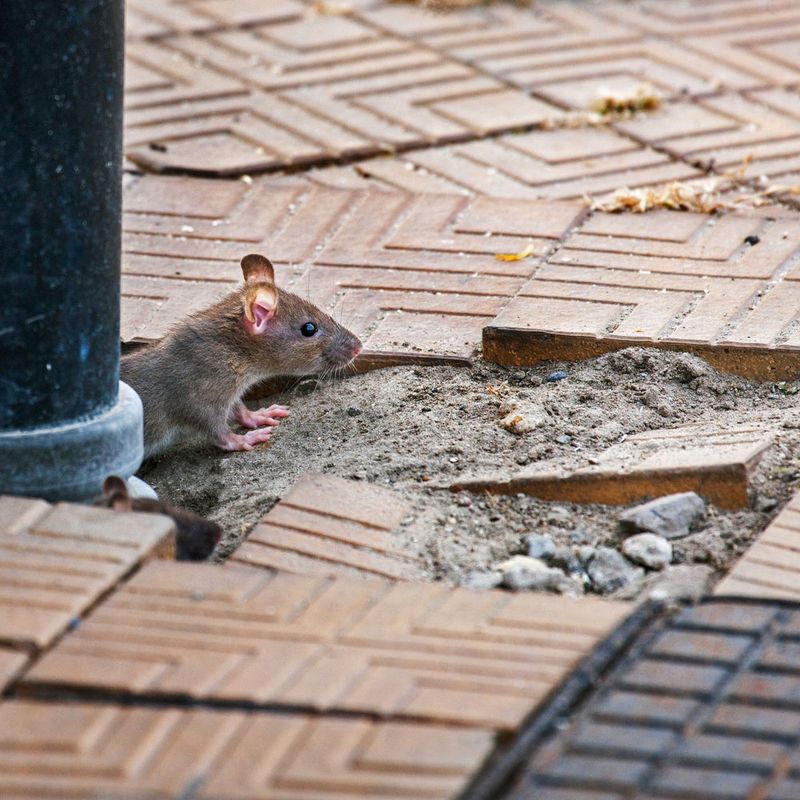
The brown rat, often seen as a symbol of urban life, has become more prevalent in cities worldwide. These resilient rodents thrive in human environments, where food and shelter are abundant.
While they play a role in the ecosystem as scavengers, their presence often leads to sanitation issues and disease transmission. Managing rat populations is a complex task, involving sanitation improvements, trapping, and public education to minimize their impact on human health and urban life.
Grey Squirrel
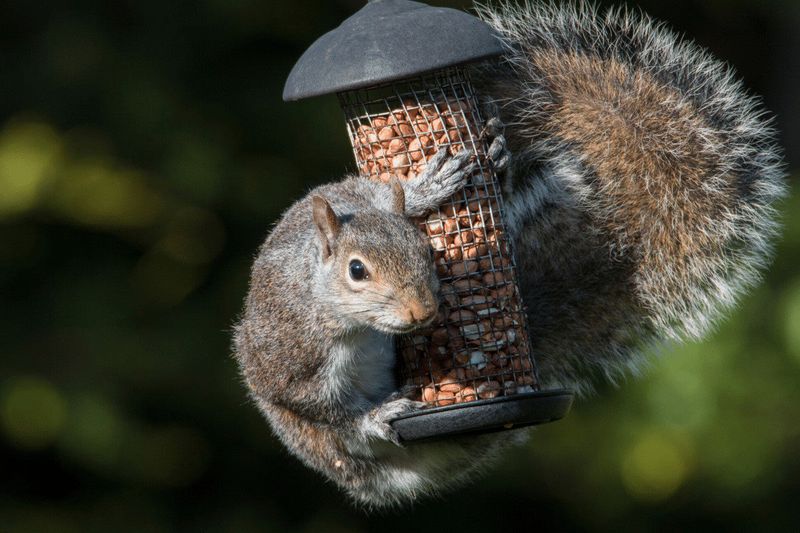
The agile grey squirrel has become a common sight in many neighborhoods, charming residents with their antics. However, their increasing numbers pose challenges for native wildlife. These squirrels are adept at outcompeting red squirrels and raiding bird feeders.
Managing their population involves finding a balance between enjoying their presence and protecting native species. Encouraging the planting of squirrel-resistant vegetation and using specialized feeders can help keep these bushy-tailed visitors in check.
Pigeon
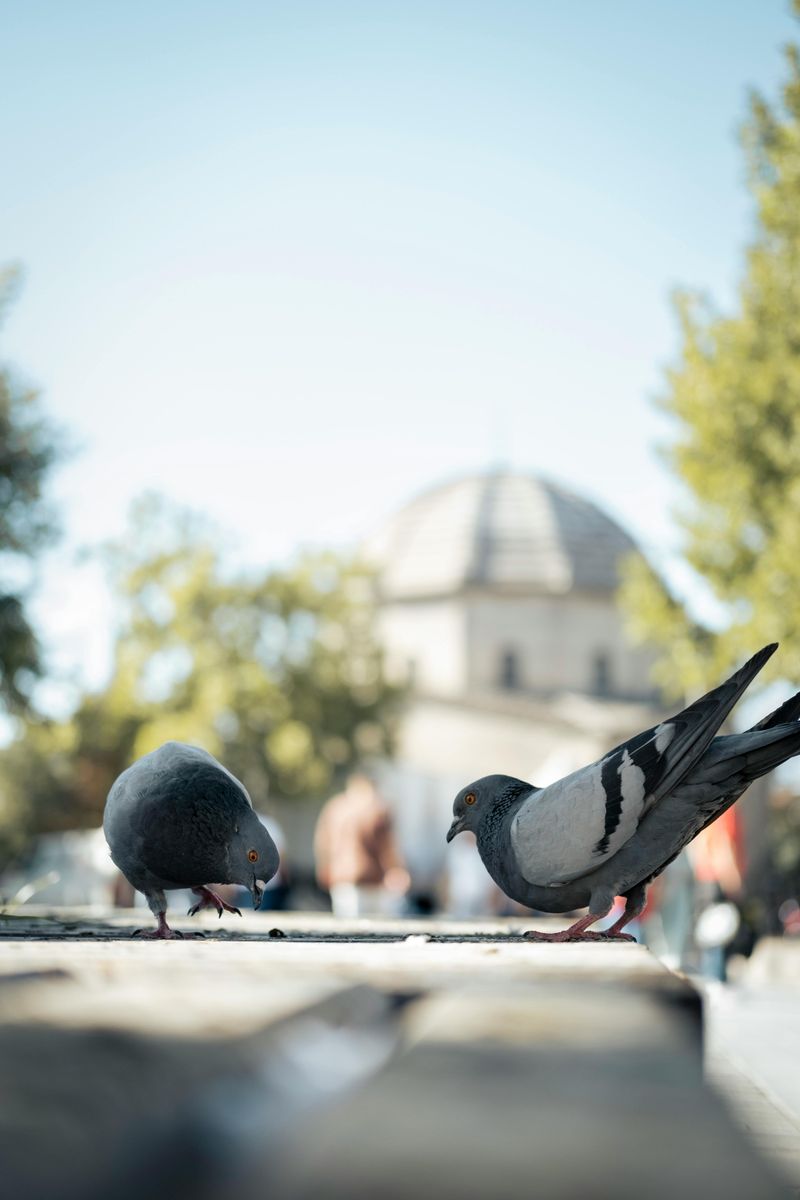
The ever-present pigeon, with its gentle cooing and iridescent feathers, has become a staple in urban life. Yet, their droppings can deface buildings and pose health risks.
Managing pigeon populations involves addressing their food sources and nesting sites, often by modifying human behavior and infrastructure. Despite the challenges, pigeons remain a beloved part of city life, offering a connection to nature amidst the concrete jungle.
Jellyfish

The ethereal jellyfish is both a marvel and a menace in today’s oceans. With rising sea temperatures and overfishing reducing their predators, jellyfish blooms have become more frequent.
Their presence can disrupt local fishing industries and deter tourists, challenging coastal communities. Efforts to manage jellyfish populations include monitoring their movements and exploring their potential as a food source. Their translucent beauty serves as a reminder of the ocean’s mysteries and the need for sustainable marine practices.
Canadian Goose

Once a symbol of wilderness, the Canadian goose now populates urban parks and golf courses. Their honking calls and majestic flights are familiar sights, but their droppings can become an unsightly problem.
Managing their numbers involves habitat modification and non-lethal deterrents to prevent overpopulation. Despite the challenges, these birds continue to captivate with their migratory journeys and adaptability to human-altered landscapes.
Feral Cat

Feral cats, with their stealthy movements and piercing eyes, roam urban landscapes with a silent grace. While they help control rodent populations, their hunting instincts threaten local wildlife, especially birds.
Efforts to manage feral cat populations focus on trap-neuter-return (TNR) programs, aiming to stabilize their numbers without resorting to culling. Educating communities about responsible pet ownership and supporting local shelters are crucial steps in balancing their impact on ecosystems.
Red Fox
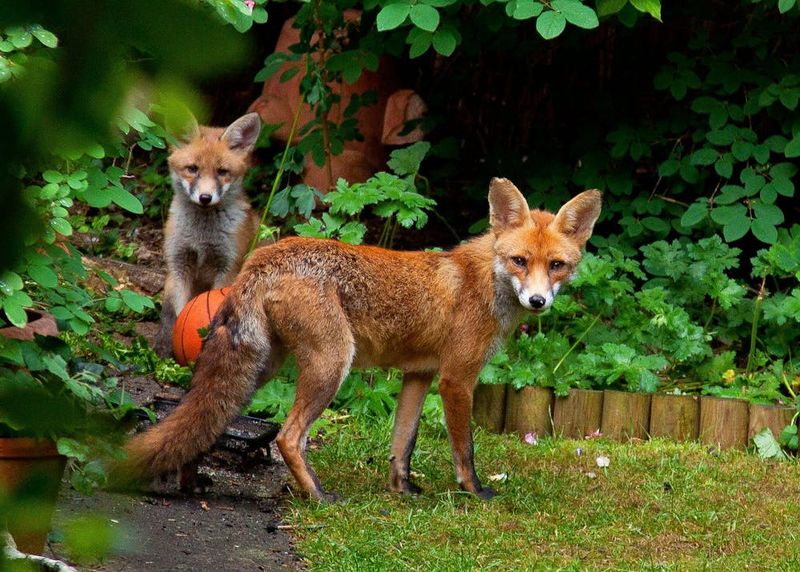
With a clever glint in its eye, the red fox embodies adaptability and survival. These cunning creatures have ventured into cities, adapting to urban life with remarkable ease.
While they add a touch of wild beauty to cityscapes, their presence can lead to conflicts with humans. Managing red fox populations involves understanding their behavior and promoting coexistence through education and non-lethal deterrents. Embracing their role in controlling pests can help humans and foxes live harmoniously.

